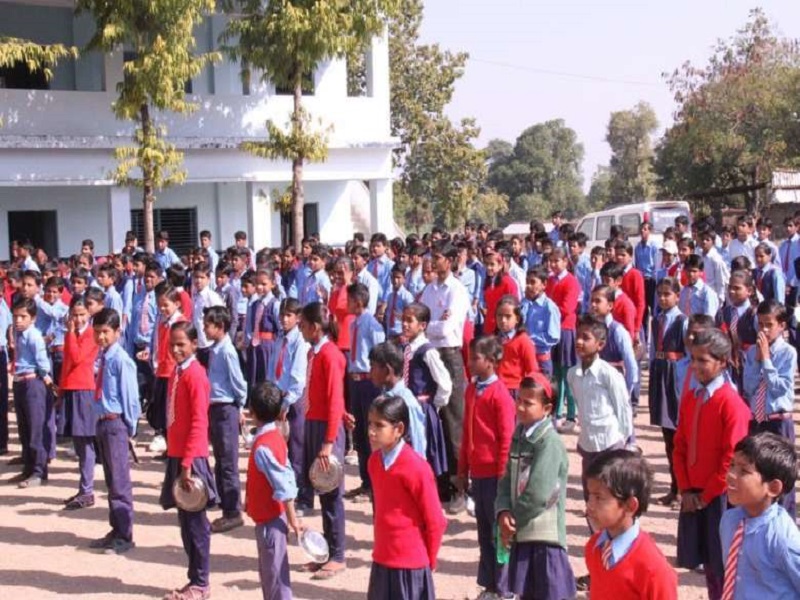A report by India's Ministry of Education highlights the high dropout rate among students from Dalit and tribal backgrounds.
The data released by former federal education minister Ramesh Pokhriyal Nishank is contained in the Unified District Information on School Education (UDISE) 2019-20 report.
"I'm not surprised but very disappointed as even after 74 years of independence we cannot address the actual problem among Dalits, tribal people and the downtrodden, who are very vulnerable in all fields. Things will not change in the future unless we address it collectively," Father Nicholas Barla, secretary of the Indian Catholic bishops' Commission for Tribal Affairs, told UCA News.
"There are various reasons behind this and one of the saddest things to see is Dalit and tribal children are not treated equally in school and they are looked down on due to their origin.
"The other reason is poverty, which means Dalits and tribal children have to struggle every day to make ends meet rather than focusing on studies, which is a secondary concern for them.
"The government should implement Article 350 of the constitution that gives freedom to study in their own language instead of imposing other languages on the students, which many times forces them to leave school."
Father Barla suggested training local youths to teach at schools as they are familiar with the local situation.
UDISE data shows that Dalit and tribal students were held back in classes at significantly higher rates than their counterparts in most classes in state-run schools.
The data showed that the dropout rates hit alarming levels at the secondary stage, with more than 10 percent of students dropping out from all categories.
However, tribal students top the list at 24.03 percent, with Dalits at 18.64 percent followed by the general category, which stood at 10.94 percent at secondary level, according to official data.
The dropout rates were also high in private schools but compared to the general trend tribal students had fewer dropouts with 14.63 percent whereas the general category was 20.54 percent and Dalits 25.39 percent.
Similarly, the promotion rate for students of all categories saw a massive drop from grades eight to 10 in state schools, but here too the promotion rates were much starker for Dalits and tribal students compared to students from the general category.
Up to grade eight, all students recorded a promotion percentage of above 90 percent, but the rates saw a drop from standard eight onwards. Dalit and tribal students recorded the lowest, according to the UDISE report.
The report also noted that over one third of all students studying in grades nine and 10 dropped out in Assam. In most states, the number of boys opting out of school was higher than that of girls except in Assam and Bihar, where more girls dropped out at this stage.
According to the report, Odisha and Madhya Pradesh, states with large tribal populations, saw the highest number of tribal students dropping out at grades nine and 10 at 31.5 percent and 30.9 percent respectively.
Some 26 percent of tribal students dropped out at secondary level in Gujarat and Maharashtra. Odisha and Jharkhand had a huge gap between general category students and others, the report said.
"Most of the time, due to poverty, children are forced to help their parents and eventually became breadwinners for their families," said T.K. Oommen, an educationalist and former professor at Jawaharlal Nehru University.
"Education policies are prepared by elite officials whose children don't go to government schools, so they have no ground reality about village schools."
India has 900 universities and 40,000 colleges and at least 1.3 million schools, according to the Ministry of Human Resource Development.
Source: UCA News
0 COMMENTS


